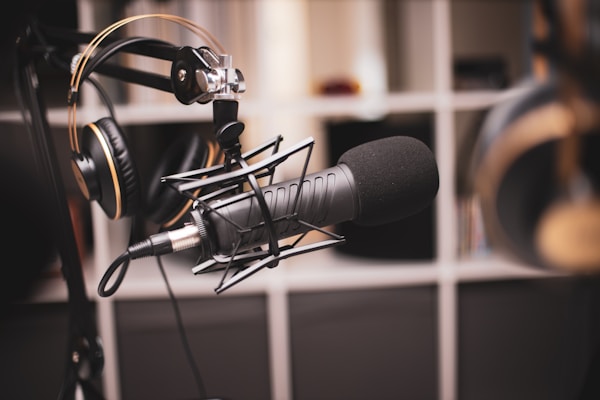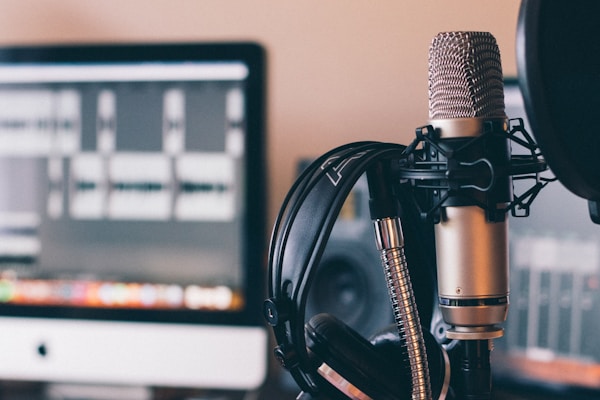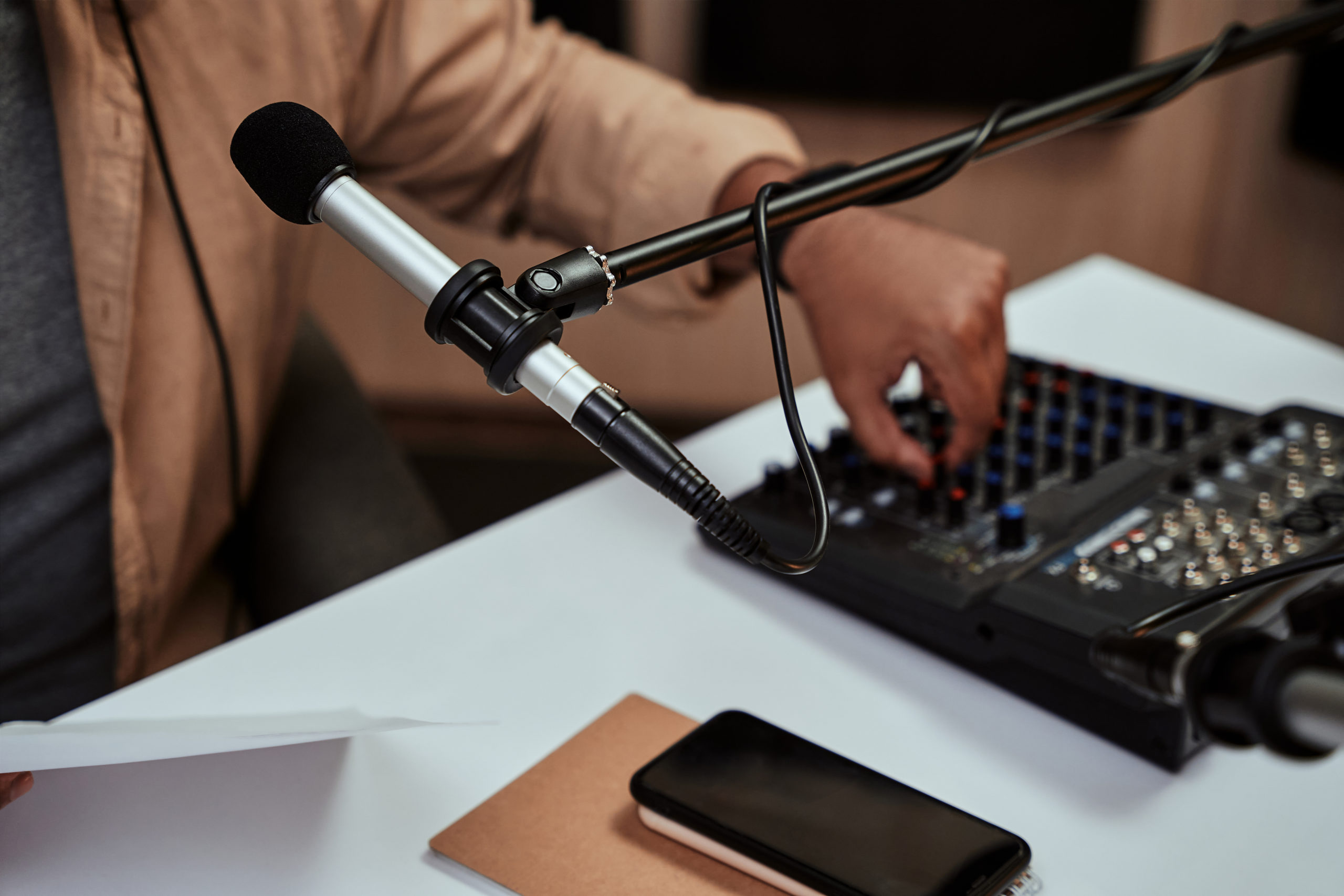When it comes to microphones, there are a lot of factors to consider. But, with a little research and some hands-on experience, you can find the perfect mic for your music. Let’s take a look at how to choose the right mic for your needs. Keep reading to learn more.
Research microphones for the intended purpose.

There are a few things you need to consider when narrowing down your selection of mics. The first is what you will be using the mic for. Are you looking for a mic to record vocals, instruments, or both? Once you have an idea of the intended use, start by researching the different types of mics available and what their specific uses are.
Some of the most common types of mics include dynamic mics, condenser mics, ribbon mics, and USB microphones. Dynamic mics are typically best for capturing vocals or instruments live, while condenser mics are often used in recording studios. Ribbon mics have a warm sound that can be great for recording acoustic instruments, and USB microphones are perfect for podcasting or recording online video chats.
A Rode mic is a popular choice for many people looking for quality sound recordings. Rode offers mics for vocals, instruments, podcasting, and more. If you’re looking for a vocal mic, the Rode NT1-A is a great option. It’s been used by countless professionals and has a reputation for providing great sound quality. If you’re after something more affordable, the Rode NT1-Mini is also worth checking out. It’s designed specifically for home studios and delivers excellent results without breaking the bank.
Instrument mics are another popular category from Rode. The NT5 is an excellent choice if you need a condenser mic that can handle high sound pressure levels. It’s perfect for capturing everything from acoustic guitars to drums, making it an incredibly versatile option. If portability is important to you, check out the NTG3 – it’s small enough to fit in your pocket but still delivers stunning audio quality.
Podcasting mics are another growing segment of the market, and Rode has several great options there, too, including the Podcaster kit, which includes both a dynamic and condenser mic as well as all the accessories you need to get started recording right away!
Compare the specs of different microphones.

One way to compare different mics is by their polar patterns. Polar patterns describe how a microphone reacts to sounds arriving from different directions. There are three basic polar patterns: cardioid, omnidirectional, and bidirectional. Cardioid microphones are most sensitive to sounds coming from directly in front of them, while omnidirectional mics pick up sounds equally from all directions. Bidirectional microphones are sensitive to sounds coming from both in front and behind them.
Another factor to consider when comparing microphones is their sensitivity or output level. Sensitivity refers to how loud a signal needs to be in order for the mic to produce an acceptable level of sound reproduction. The higher the sensitivity rating, the less sound pressure is needed for the mic to capture audio properly. This can be important when recording quiet sources such as vocals or acoustic instruments.
Frequency response is another factor that can vary among microphones. Frequency response describes how well a mic reproduces different frequencies in relation to one another. A microphone with a wide frequency response will reproduce more sonic detail than one with a narrower response range. This can be important when capturing certain types of sounds, such as vocals or instruments that span a wide range of frequencies.
Finally, environmental factors should also be considered when selecting a microphone. Certain environments may cause unwanted noise interference or reflections that can negatively affect sound quality. In some cases, it may be necessary to use special windscreens or shock mounts designed specifically for particular environments.
Keep practicing and learning.

Audio recording is an art form that takes time and practice to perfect. The more you learn about the process, the better your recordings will be. Start by reading up on the basics of audio recording and then experiment with different techniques. Experimentation is key when it comes to audio recording; you never know what might work until you try it.
In addition to practicing your recording techniques, also learn as much as you can about the equipment you’re using. This includes studying the specs of each mic and learning how to use its features. The more experience you gain in audio recording, the better equipped you’ll be to make quality recordings with any type of microphone. Keep practicing and learning about audio recording, so you can get the most out of your new mic!
When you are in the market for a quality microphone, it’s important to choose the right mic for your needs to ensure the best sound quality. Different mics are better suited for different applications, so it is important to do your research and figure out which mic will work best for you.





